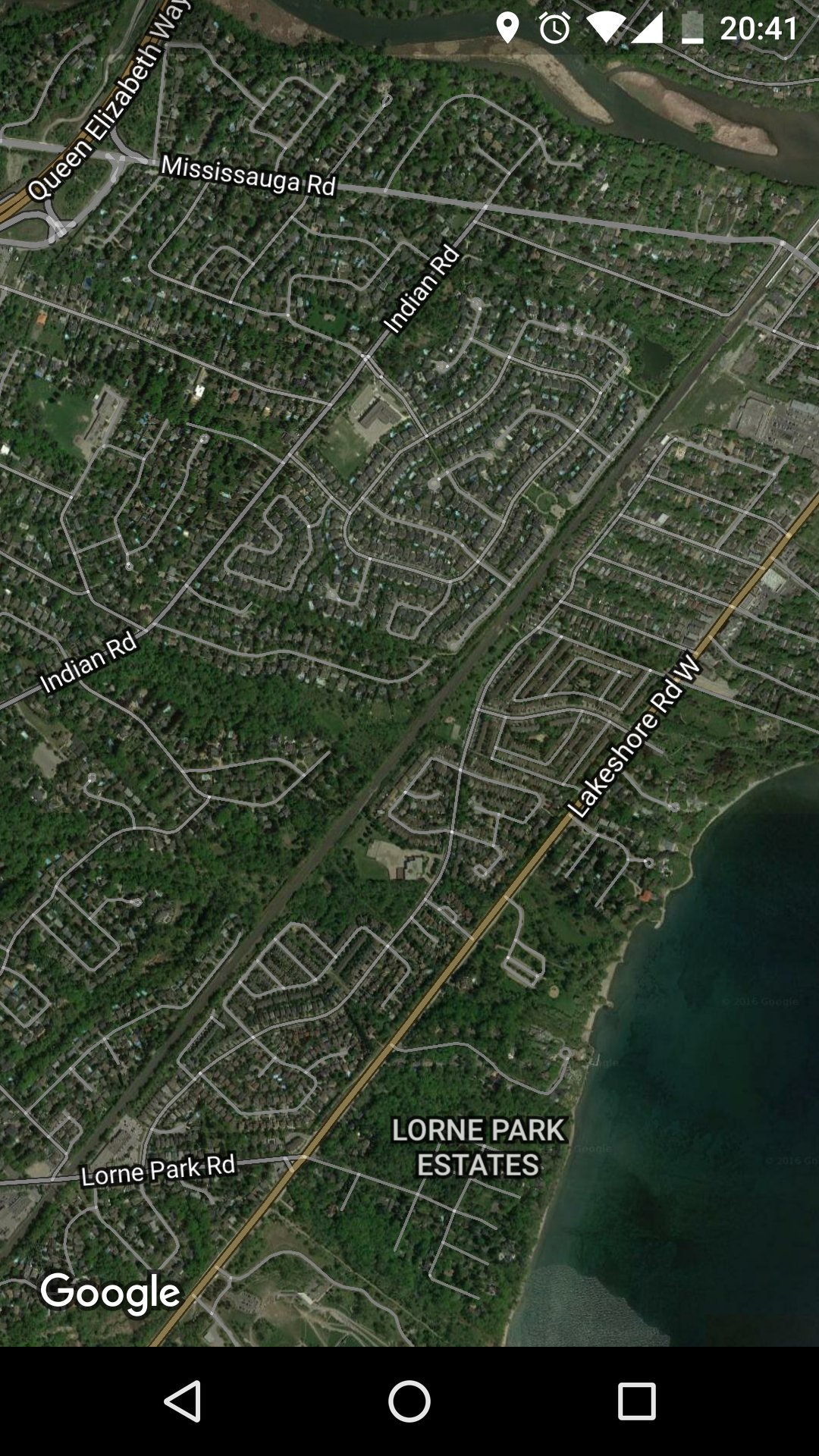steveintoronto
Superstar
...but it does show that lots of stuff happens, far too often.
http://www.theglobeandmail.com/repo...cidents-over-seven-years-tsb/article21312626/Canadian railways fail to properly report accidents, regulator says
Eric Atkins
The Globe and Mail
Published Monday, Oct. 27, 2014 11:11AM EDT
More than 250 rail accidents went unreported by Canadian railways between 2007 and 2013, omissions the country’s transportation watchdog says hinder efforts to improve safety on the railroads.
The Transportation Safety Board said on Monday its audits of rail collisions, derailments and spills at three railways, including the company involved in the Lac-Mégantic disaster of 2013, found carriers failed to follow mandatory reporting requirements by notifying the government of incidents late or not at all. The TSB said it will consider “enforcement action” including fines to address future non-compliance with the reporting requirements.
The TSB said the majority of the accidents in question at Montreal, Maine & Atlantic, Canadian National Railway Co. and Canadian Pacific Railway Ltd. were minor, and occurred in rail yards with no injuries.
“Most of those occurrences are small and minor, but they are still reportable,” said Jean Laporte, chief operating officer of TSB, an independent government investigation body whose mandate includes transportation by rail, air, water and pipeline. “If we see that we’ve got lots of wheels that come off the track, someone’s got ask the question why, and deal with that before before it leads to accidents. That’s the point of it being reported.”
According to recently updated TSB regulations, railways and their employees must report incidents that include collisions or derailments; a risk of collision between rail cars and/or locomotives; switches left in improper positions; accidental release of dangerous goods or radiation and a train failing to obey a stop signal. Previously, railways only had to report accidents that resulted in damage that affected safe operations.
The watchdog uncovered the accidents by auditing the company’s books, questioning railways on variations in accident trends as well as from the railways themselves as they came across accident reports at the end of a quarter or year.
The number of rail accidents recorded by the TSB has declined over the past 10 years to 1,090 in 2013 from 1,413 in 2004. However, the 2013 accident total is an increase from 2012. [...]
Similar story here:
http://www.cbc.ca/news/rail-safety-tsb-discovers-companies-not-reporting-all-derailments-1.2598417
Note! These are derailments, not just near misses....
Ten page report from a conservative Univ of Calgary department:
https://www.policyschool.ca/wp-content/uploads/2016/03/winter-rail-safety-communique.pdfSAFETY IN NUMBERS:
EVALUATING CANADIAN
RAIL SAFETY DATA
Jennifer Winter
†
After the horrific and deadly train explosion at Lac-Mégantic, Que. in the summer of 2013,
there are serious questions being raised publicly about the safety of Canada’s rail-transport
system. Unfortunately, Canada’s public rail-safety data are currently in no shape to provide
the answers to those questions.
When Canadians ask, as many have in recent months, whether the rail-transport system is
“safe,” they surely want to know whether the accident record is low — compared to other
countries and to other forms of transport — and whether it has been improving or getting
worse over time. Yet, the statistics that might provide the answers are worryingly
inaccessible, sometimes conflicting, and in certain cases not available at all.
The inability to publicly monitor airline safety statistics would be considered unacceptable.
Yet trains transporting volatile goods across Canada arguably expose entire communities,
as in Lac-Mégantic, to potentially catastrophic dangers. How is it, then, that the
Transportation Safety Board, Transport Canada and Statistics Canada do not even publicly
report something as basic as the number of train trips made every year in Canada? Nor do
their statistics distinguish between incidents and accidents involving passenger trains and
those involving freight trains. And how is it that the total number of accidents in some years
is reported differently by these various monitoring organizations?
If Canadians are, as it appears, destined to see increasing volumes of goods, specifically
dangerous goods, transported by rail, it is that much more important that the federal
government significantly improve the reporting of rail-safety data. It is not only vital that our
railroads are safe; it is just as vital for the public to have information showing exactly how
safe they are.
[...continues at length...]
And lest this seems irrelevant to this forum's premise, which pertains to GO...one has to wonder how different the regime of reporting is at GO? Are there more eyes looking over shoulders? Yes and no...certainly a lot more eyes will see the gaffes, but will they be reported to the regulators, let alone the public?
Seems that some have reported fires on the Sharyos. Not a word in the press. I trust the source of those stories, it's first hand, and proven to be reliable.
Only one way to address this, and GO have alluded to it themselves: PTC. Where's the leadership in Ottawa? (Queen's Park talk up a storm, but that's all it is, talk. The *imperatives* must come from Ottawa)





